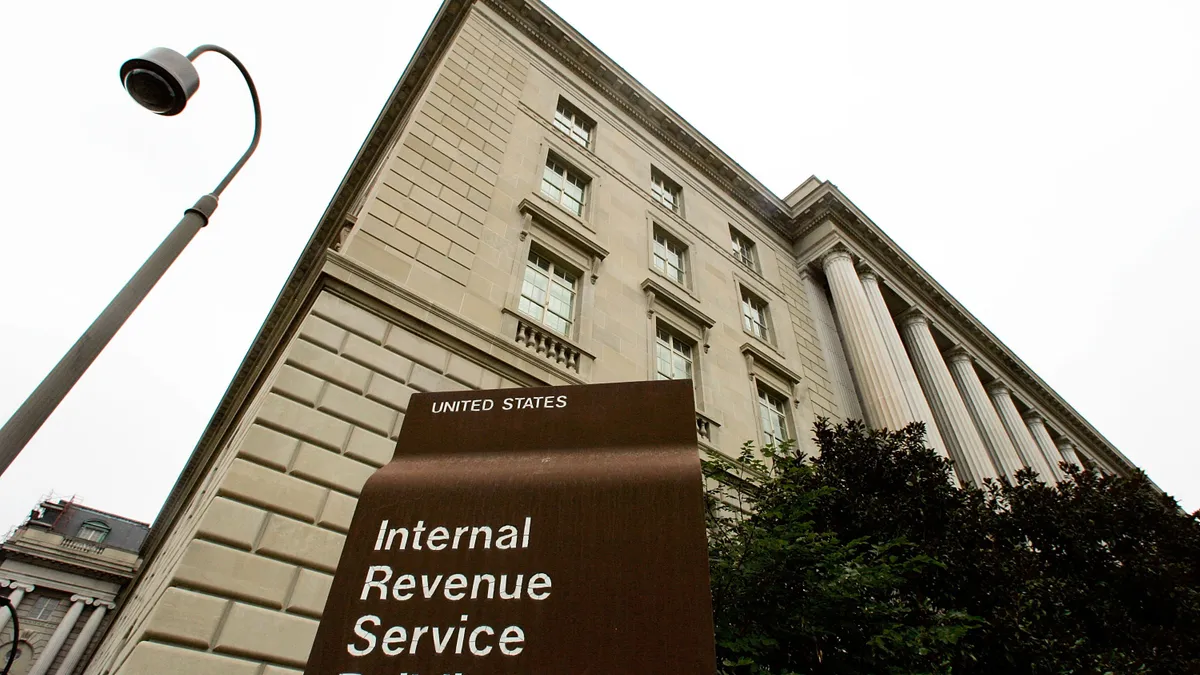Dive Brief:
- The IRS announced Friday an increase to the annual individual contribution limit for 401(k) plans to $23,500 for 2025.
- That mark is up $500 from 2024’s cap of $23,000, the same size increase as that put into place by the IRS between 2023 and 2024. The $23,500 cap also applies to 403(b) plans, governmental 457 plans and the Thrift Savings Plan. The agency did not change the annual cap for individual retirement accounts, which remains at $7,000 for 2025.
- The agency noted that a SECURE 2.0 Act of 2022 provision will take effect next year, allowing employees ages 60 to 63 who participate in certain plans to make higher catch-up contributions. This allows those employees to make up to $11,250 in contributions as opposed to the $7,500 catch-up contribution limit that applies to employees ages 50 and over.
Dive Insight:
The annual contribution cap update coincides with what a recent Vanguard report described as a record rate of retirement savings among 401(k) plan participants. The firm announced in June that the average 401(k) participant had a 7.4% deferral rate in 2023, matching a historic high, which jumped to an 11.4% average rate when factoring in employer contributions.
Vanguard found that features such as automatic enrollment and target-date funds helped to boost plan participation, with a record 59% of 401(k) plans offering auto-enrollment in 2023. The firm also found that 3 in 4 participants had access to managed account advice, another all-time high.
Despite these trends, other studies have found that employees generally lack confidence in their long-term financial health. More than half of U.S. workers at mid-sized and large companies surveyed recently by Economist Impact and Nuveen said they were not confident in their ability to retire by their mid-60s. The survey found that this sentiment was stronger among Black, Hispanic and Asian workers and members of Generation Z compared to White workers and older workers.
Recent years have also seen a spike in hardship withdrawals from 401(k) plans, even as contributions and plan balances remain steady, according to a 2023 Bank of America report. Over the long term, employees may see their savings potential dented by job hopping, even if the rate at which they change jobs is close to the U.S. average, Vanguard said in a September report.
Employers have a few levers to consider for improving employees’ financial health, such as pension-linked emergency savings accounts, or PLESAs. These accounts, created by the Secure 2.0 Act, can be maintained as part of a retirement plan, including 401(k) plans, and allow enrollees to withdraw their funds without penalty.













